How to Choose Kitchen Cabinet Hardware in 2025
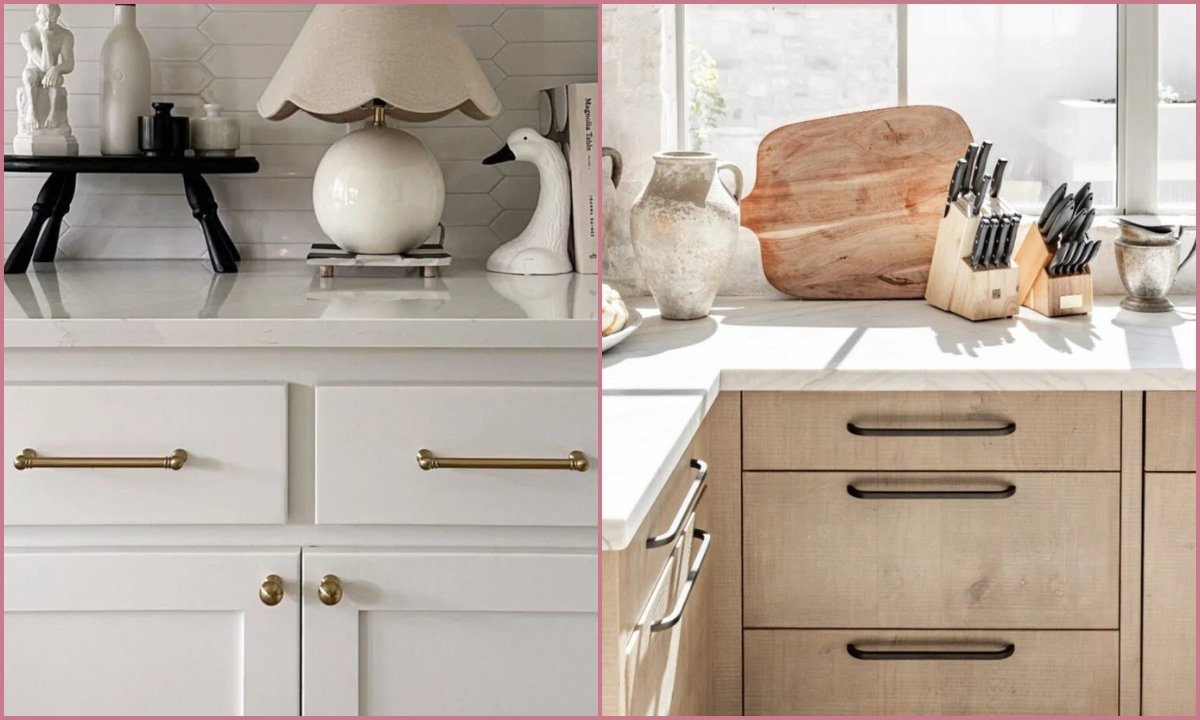
Choosing kitchen cabinet hardware sounds simple until you find yourself in the aisle where you face hundreds of knobs, pulls, and finishes that you think look good but don’t feel right.
If you choose the wrong kitchen cabinet, you can make your cabinets look dated, clash with appliances, or even feel awkward every time you reach for a drawer.
That’s why you should follow this article, where you’ll walk step by step through style, size, finish, placement, and those small details that can make the biggest difference for you.
Let’s dive into it!
What Is The Latest Trend In Kitchen Cabinet Hardware?
The latest trends in kitchen cabinet hardware show you how function can turn into style.
You might see people using oversized knobs or bold pulls as statement pieces instead of hiding them away.
You can also mix metals, such as brass, matte black, nickel, and bronze, to get a layered look.
On the other hand, you can lean toward minimalist choices like edge pulls, finger pulls, or push-to-open systems that almost disappear.
You should also pay attention to texture hammered, ridged, or fluted finishes that give depth and interest.
Warm tones like brushed or antique brass are dominating, while colorful hardware can let you add a playful accent.
When you want to soften the look, you can choose rounded shapes and curved edges that make the kitchen feel more inviting than sharp lines do.
5 Tips to Choose Kitchen Cabinet Hardware in 2025
1. Start by Matching Your Kitchen Style
Before you pick anything, you should take a step back and look at your kitchen’s style. Is it clean or modern? Cozy or rustic? Or maybe somewhere in between?
You should make sure your hardware matches that vibe. If you have a modern kitchen, you can go with sleek bar pulls.
If your style feels farmhouse, you should choose oil-rubbed bronze or vintage knobs.
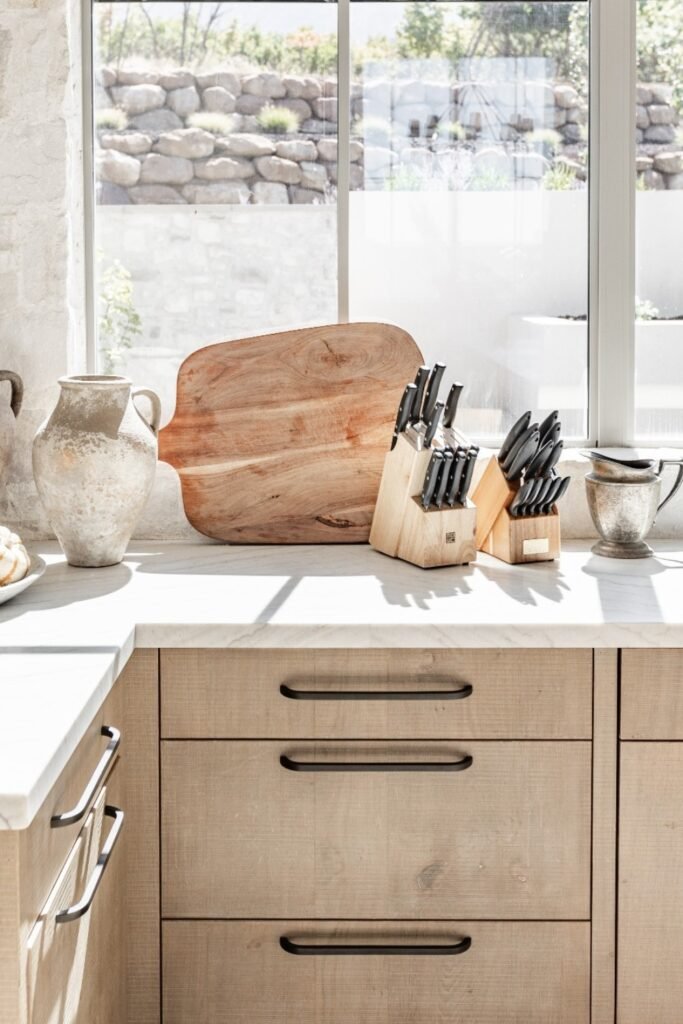
When your kitchen gives a coastal or breezy feel, you can use light brushed finishes that work great.
And when you’re in doubt, you can always look at your faucet or lighting as your style cue; they’ll guide you toward the right look.
2. Decide Between Knobs, Pulls, or Both
This is where you usually get stuck. Knobs are small and round, and you can use them easily for upper cabinets.
Pulls are longer, and you might find them easy to grab, especially on drawers. You don’t have to pick just one, you can mix knobs on doors and pull on drawers.
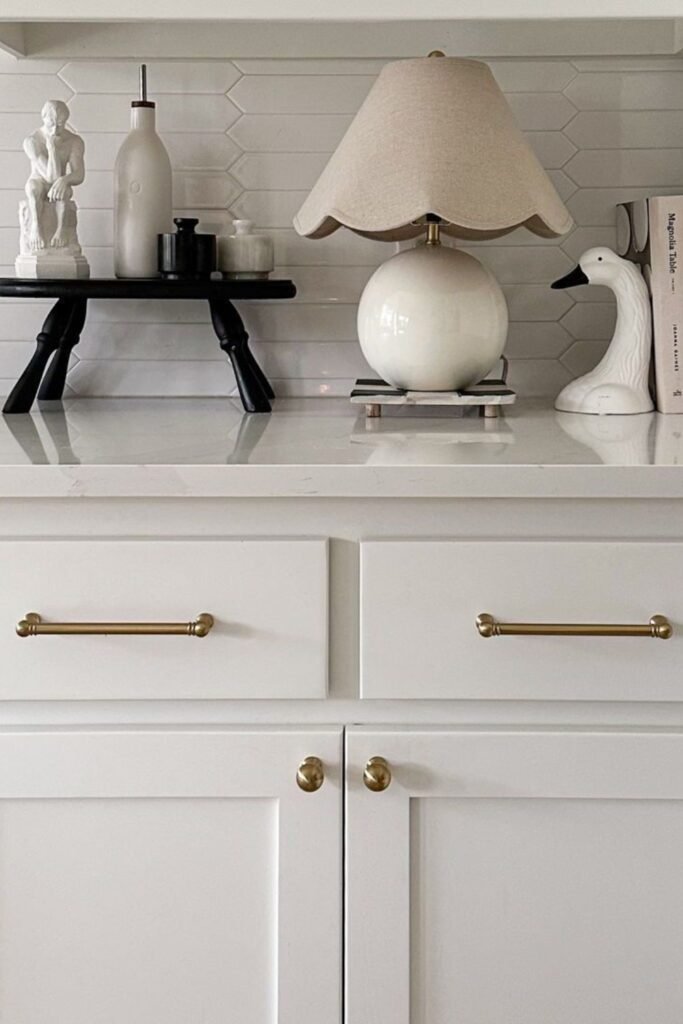
You just need to make sure they feel like part of the same set, with the same finish or shape.
If you want a modern look, you can go with pulls everywhere for that clean, seamless feel. If you like a traditional style, you can mix both to add charm.
3. Choose a Finish That Actually Fits
You shouldn’t just chase trends, you should focus on finishes that suit your space.
If you’ve already picked your faucet, lighting, or appliances, you can make your hardware blend with those.
You can go with warm tones like brass or bronze when you have a cozy or wood kitchen. You can try cool finishes like chrome or matte black if you have white or gray cabinets.
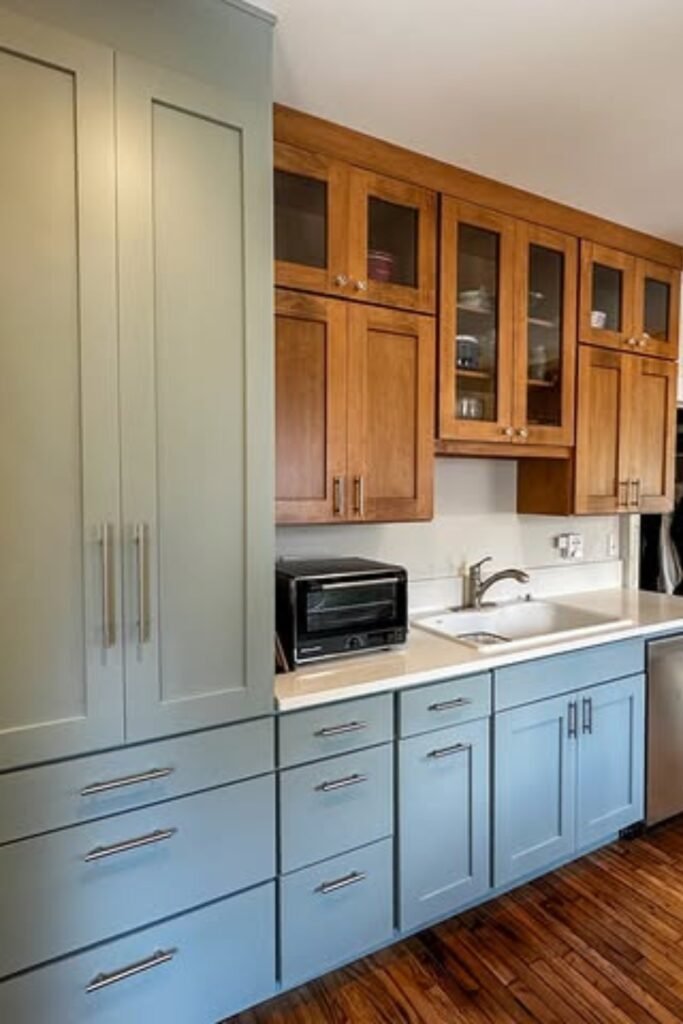
If you want to mix metals, you can do it, but you should do it intentionally. You have to keep one finish dominant and use the second as an accent.
For you, consistency in tone (warm vs cool) matters more than matching everything exactly.
4. Pick the Right Size for Each Cabinet
Scale matters more than you think. If you put a tiny knob on a big drawer, you’ll see it just looks wrong and if you add a huge pull on a small cabinet, you’ll feel it’s clunky.
For most drawers, you should choose to pull about one-third of the drawer’s width.
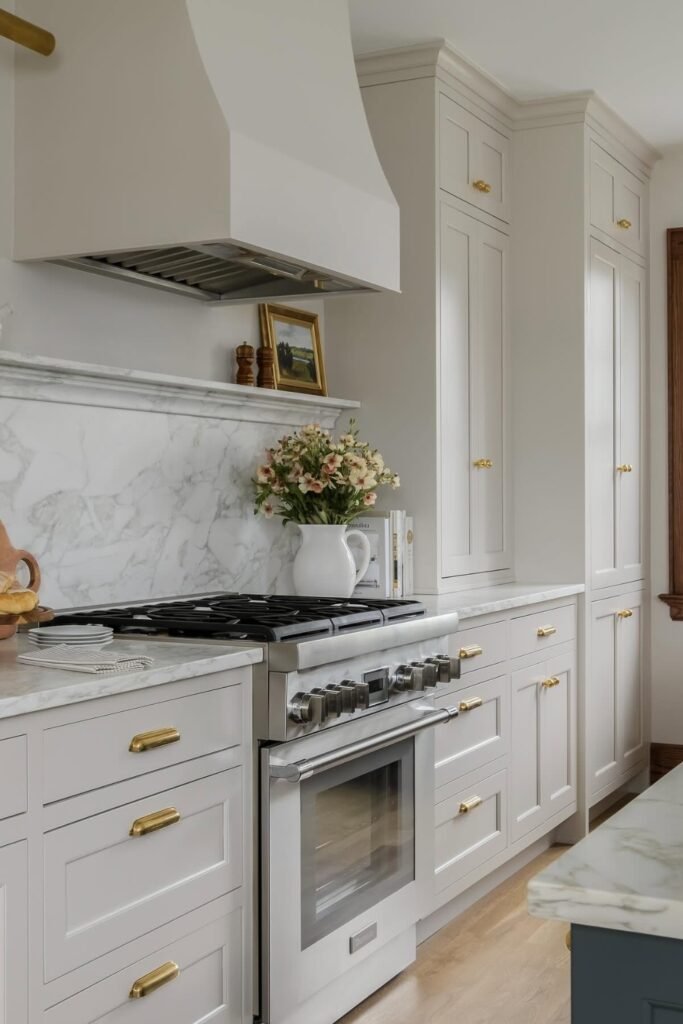
You can use knobs around 1 to 1.5 inches, and you should go for longer pulls (8-10 inches) on wide drawers, especially when you keep pots and pans inside.
Before you commit, you can tape some paper cutouts or real samples on your cabinets and then step back. You’ll instantly see what feels too small or too oversized.
5. Set a Budget That Makes Sense
Hardware may look small, but you’ll notice the cost adds up fast.
You should start by counting how many knobs and pulls you need and you must not forget pantry doors, island cabinets, or a few extras for mistakes.
Since prices can range from $2 to $15 or more per piece, you should multiply carefully. You have to set your total budget and shop within that range.
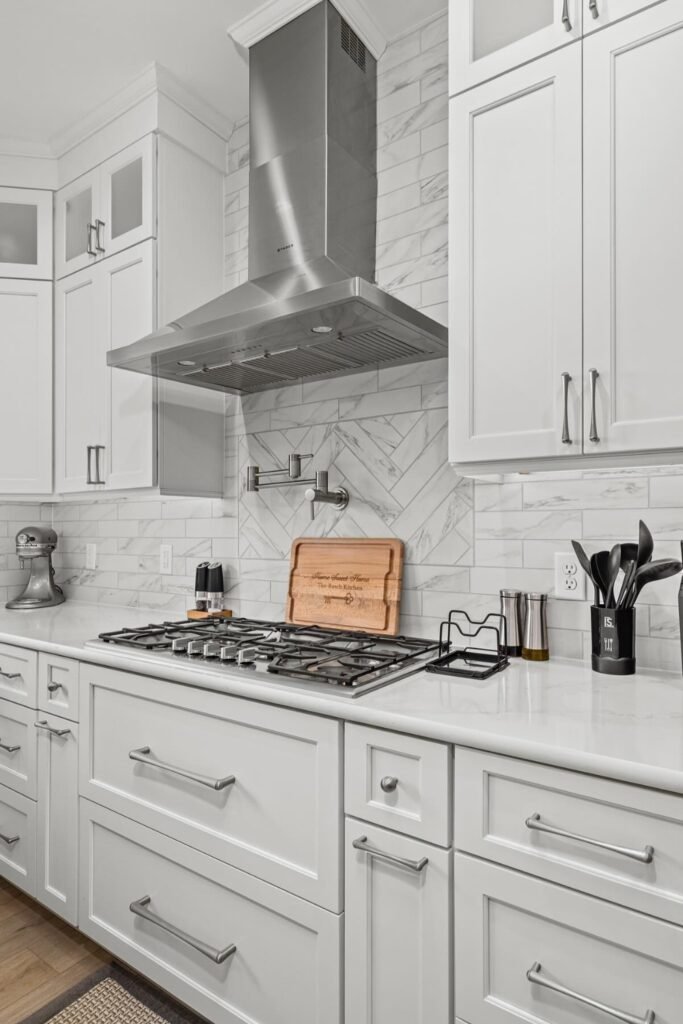
If you’re on a tight budget, you can start with one area, like lower drawers, and upgrade slowly.
You should always order a few samples first so you can test the feel, look, and weight before placing a full order.
Why Should You Consider Cleaning and Maintenance First?
The prettiest hardware won’t stay pretty if it’s always covered in grease or dust. You should avoid pieces with too many grooves, carvings, or designs if you want easy cleaning.
You can go with smooth finishes like matte black or brushed nickel because you can wipe them clean in seconds.
If you choose shiny finishes like chrome, you should remember they can show fingerprints.
When your kitchen gets heavy use, like daily cooking, you must go for low-maintenance hardware. You’ll thank yourself every time you clean.
Conclusion
Picking kitchen cabinet hardware isn’t just about looks, it’s about how you feel in your kitchen and how you use it every single day.
The right knobs or pulls should match your style, fit your cabinets, feel good in your hand, and hold up over time.
Now that you have a clear step-by-step guide, you don’t have to second-guess yourself or waste money on the wrong fit.
You just need to stay true to your kitchen’s vibe, test before you buy, and avoid rushing.
In the end, you’ll have hardware that pulls everything together – both literally and visually.
FAQs
Can I mix different hardware styles in the same kitchen?
Yes, you can but you should do it with a plan. If you mix knobs and pulls, you must keep the finish and shape similar so you still feel they belong as a set.
If you want to mix metal finishes, you can stick to one main finish, like matte black, and one accent, like brass.
You should keep everything balanced by repeating the accent finish in other spots, like your lighting or faucet.
What’s the best hardware finish if I cook a lot?
You should go for something low-maintenance like brushed nickel, matte black, or oil-rubbed bronze.
These finishes help you hide fingerprints, water spots, and smudges better than shiny ones like chrome.
If your kitchen sees heavy use, you must skip hardware with tiny grooves or details because they trap grease and make it harder for you to clean.
You may love to read!
